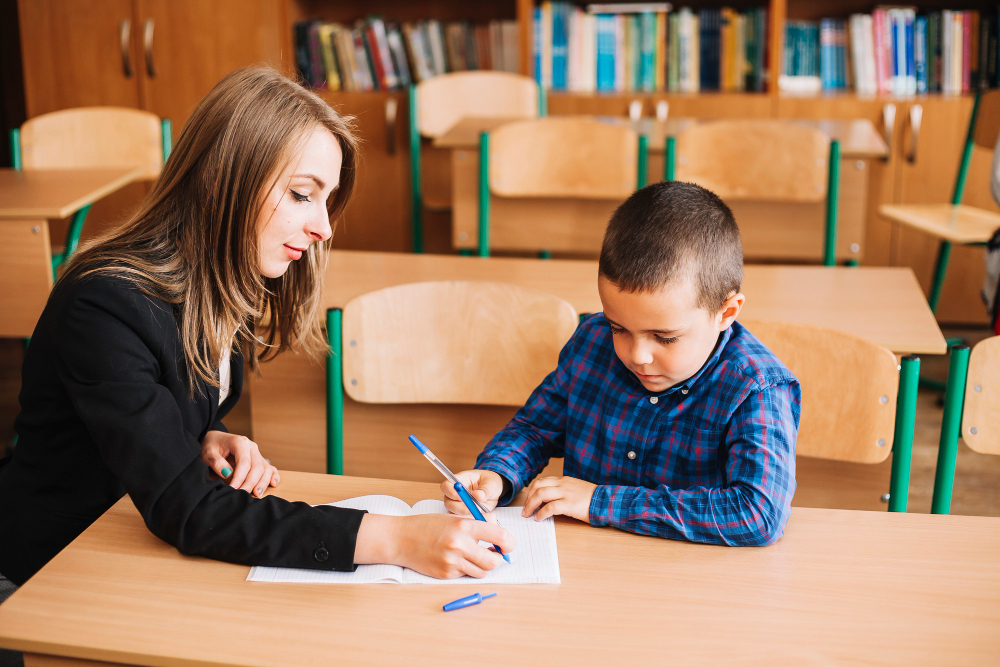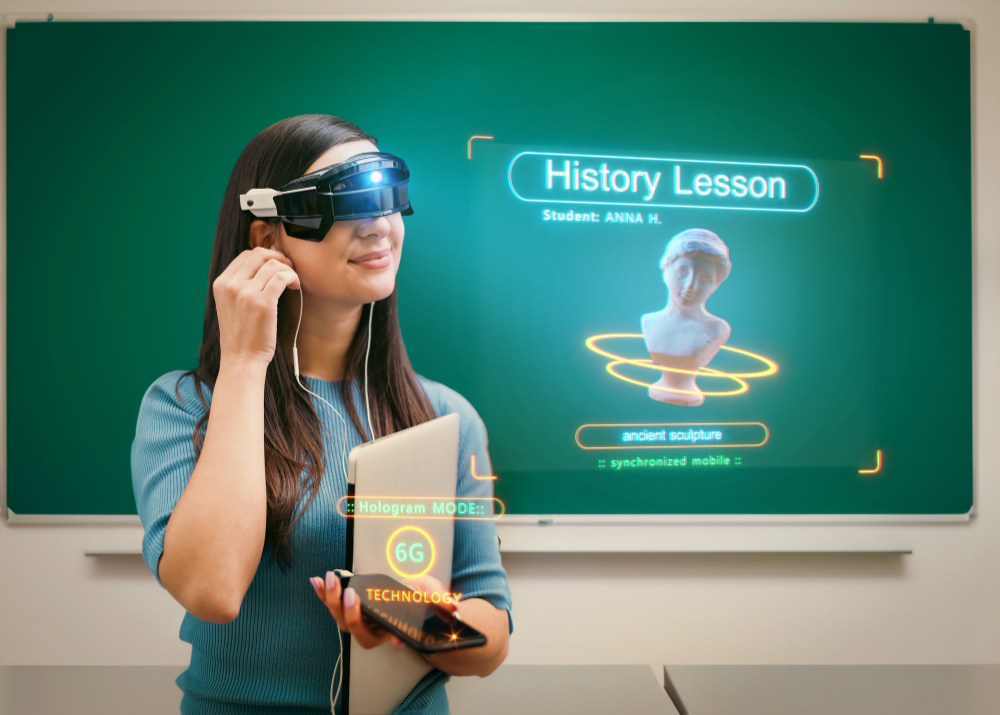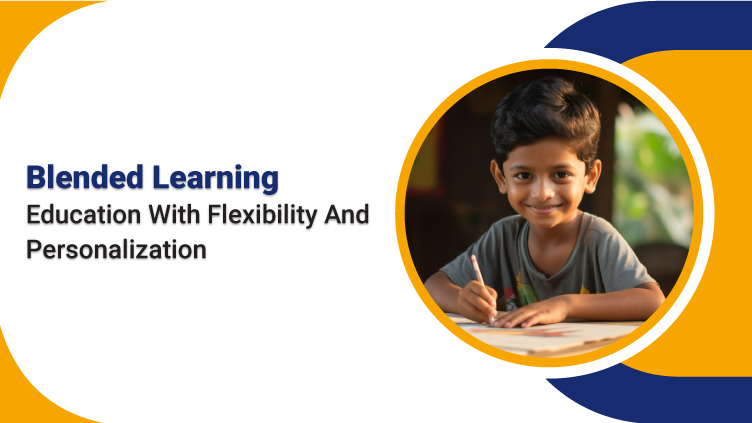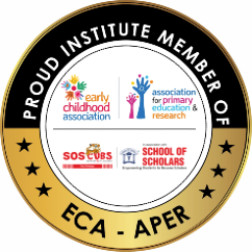Blended Learning: Transforming Education With Flexibility And Personalization
Introduction
Education transcends traditional boundaries through the power of blended learning. At school, we believe in fostering a strong multilateral relationship between parents, teachers, and school management to elevate academic achievements and nurture the holistic growth of students.
Parent-Teacher Collaboration:

Here we acknowledge that a collaborative approach involving parents and teachers significantly enhances a student’s educational journey. This partnership fosters a supportive environment where academic goals align, leading to a more comprehensive learning experience.
The Power of Blended Learning:

Blended learning integrates the best of both worlds; traditional classroom settings and cutting-edge technology. It empowers students by offering personalized learning experiences tailored to their unique pace and style. Through a mix of online resources, interactive sessions, and in-person guidance, students develop critical thinking, problem-solving skills, and self-discipline.
Significance of Regular Parent Feedback

Personalized Parent feedback is the cornerstone of our educational framework at School. It provides valuable insights into a student’s progress, allowing us to tailor our approach to individual needs effectively. This continuous feedback loop ensures that each student receives personalized attention, fostering a conducive learning environment.
Integration of Technology in Education:

Technology is more than a tool at CBSE Schools; it’s an integral part of the learning process. From interactive e-books to virtual labs and collaborative online projects, technology bridges geographical barriers and brings the world into the classroom, preparing students for a dynamic future.
Modern Education Flexibility and Dynamics:
In today’s fast-paced world, education must evolve. School stays at the forefront by embracing modern dynamics and flexibility in education, ensuring that our students are equipped with not just knowledge but also adaptability and resilience to thrive in an ever-changing landscape.
Conclusion:
Education evolves with blended learning, merging traditional teaching methods with technology. School values the collaboration among parents, teachers, and management for students’ holistic development. Parent-teacher teamwork enriches learning, aligning academic excellence and nurturing a supportive environment.
Blended learning offers personalized experiences, combining online resources, interactive sessions, and in-person guidance to enhance critical thinking and problem-solving. Regular parent feedback shapes our tailored approach, ensuring individual attention and a flexible learning atmosphere.
Technology integrates seamlessly; from e-books to virtual labs, it breaks barriers and prepares students for the future. School’s approach is to adapt the modern world, emphasizing flexibility and dynamism.
Frequently Asked Questions (FAQs):
What is blended learning and how it is incorporated?
Blended learning, often called hybrid learning, is an educational approach that combines both modern and traditional learning in classroom. It combines offline teaching methods with online resources, fostering personalized learning experiences. At School, it is integrated through a mix of online modules and in-person sessions, catering to flexible and diverse learning styles.
How teachers collaborate with parents in school?
School encourages regular effective communication through parent-teacher meetings, online platforms, and progress reports, sending emails, messaging each other, volunteering for guest lectures, and joining in on field trips. etc. These meetings really help to build a strong connection between parents and teachers. School can keep in touch and build a positive relationship with parents likewise.
How does feedback improve student performance?
Continuous effective parents’ feedback helps to improve educational strategies to individual student needs, ensuring a personalized learning experience. Parent feedback can actually help schools improve student learning in terms of improvement, strategy, planning and implementation.
What is the role technology in school?
School uses technology as a catalyst for learning, offering interactive tools and online resources that supplement traditional teaching methods. Technology helps students to understand quickly and effectively finds the latest information they need. With these tools, teachers have become more like mentors and guides. Digital tools tend to support and motivate students in their learning journeys.
How can students be future ready?
Life Skills: Schools teach cooking, cleaning, dressing, and social skills through class activities, group projects, and interactions with peers—important for their personal and professional lives.
Responsibility: Early on, students learn chores, tasks, and money management, fostering a sense of responsibility and financial awareness.
Work Ethic: Schools instil a strong work ethic by assigning complex tasks with deadlines, preparing students for future career success.
Moral Values: Despite debates on religion in education, schools still teach essential values like honesty and integrity, vital for a successful future.
Arts Education: While debated, the rise in creative jobs highlights the importance of art education in schools.Proactivity: Encouraging students to think creatively and solve problems builds a proactive mindset, essential for future success and responsibility.










